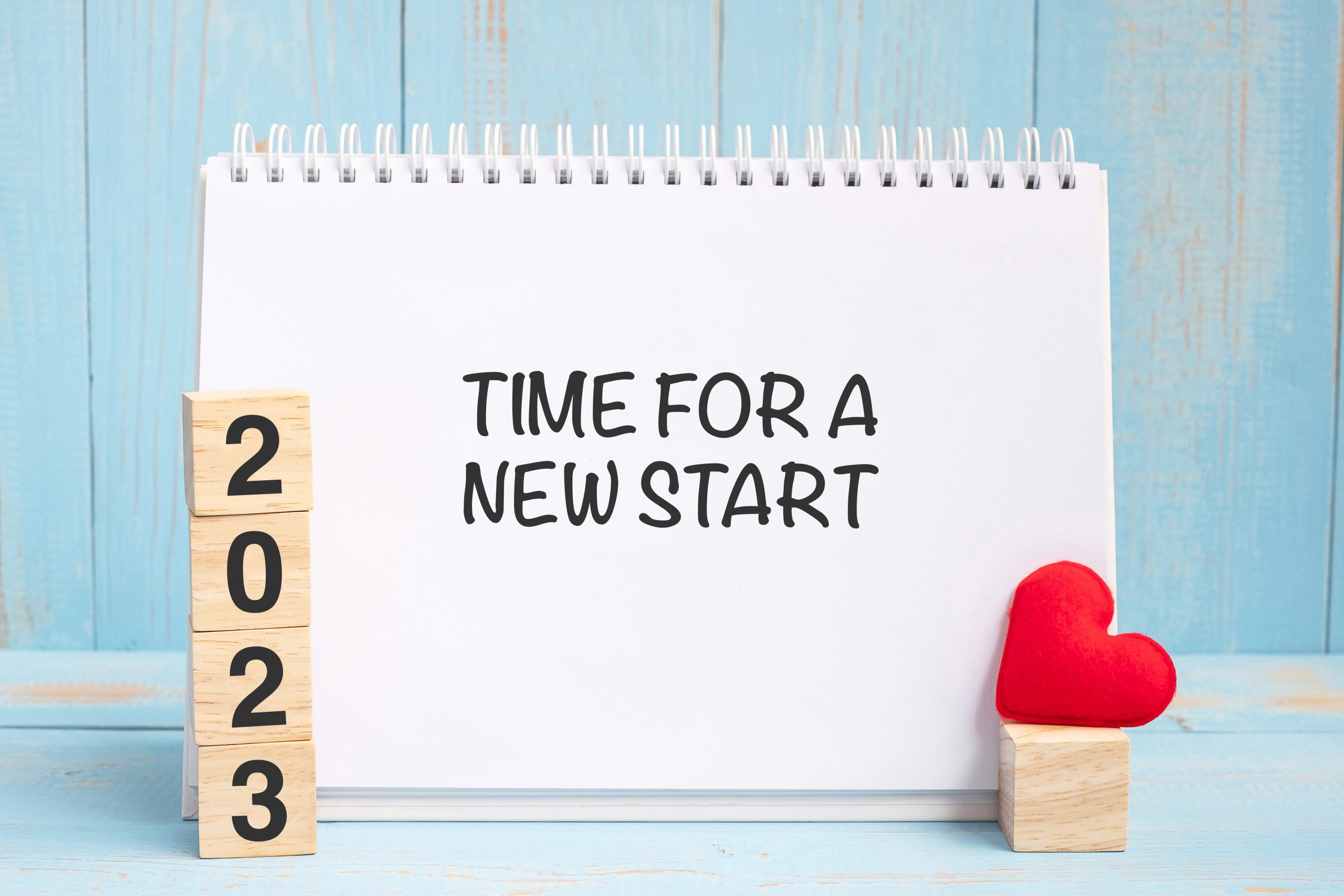 The New Year is a great opportunity to recenter ourselves, reflect on the past year, and determine the areas we’d like to grow. While typical cliche New Year’s
The New Year is a great opportunity to recenter ourselves, reflect on the past year, and determine the areas we’d like to grow. While typical cliche New Year’s
The New Year is a great time to reflect on the previous year and set intentions for growth in the areas that matter most to you and your family. This includes taking a look at your parenting year in review while setting new parenting intentions, as well as committing to exposing your child to new routines and experiences, with the goal of fostering growth and learning for both of you. This will result in a deeper connection with your little one that will stand the test of time.
Reflect
Ask yourself, what parenting tricks worked and which ones did not serve you or your little one? Which parenting strategies strengthened your relationship with your child, and which ones weakened it? Which strategies were effective in teaching replacement behaviors, and which ones feel like they worsened it? What experiences or routines did your child benefit from, and which ones were detrimental to their progress? What new routines and experiences would you like your child to have going into this year, and what would you like them to learn in the process?
Be Thankful
Give yourself credit for all the amazing feats you accomplished as a parent in the past year. Parenting is a full-time job, on top of your full-time job, your home responsibilities, and any other commitments you have. Acknowledge the good moments and reflect on the hard ones you were able to overcome.
Give Grace
Give yourself grace for all the past moments that were not representative of your best parenting. We are all human, and we all slip up. Our tolerance thresholds are not infinite, and our stressors are many. A slip-up here and there is part of the journey. Parenting is an ongoing process of learning, discovery, and growth. It is not a one size fits all, cookie-cutter approach. Each child is their own individual, with different sets of needs.
Accept
Accept that not every parenting strategy will work, not every routine will stick, and not every new experience you expose your learner will be successful. That’s ok; it is part of the learning journey. The key is to keep trying and readjusting or replacing the things that don’t work with something different while then observing its success over time. You do not have to wait for a whole new year to make changes to things that don’t serve you or your child.
Commit
Commit to learning, adjusting, and getting back up when you feel like you’ve hit a roadblock or had a less-than-desirable parenting moment. Commit to continuing to expose your child to new and different experiences and to not allowing past lack of success to decrease their exposure to social interactions and new experiences in the future. Not every experience, routine, and social exposure will be a positive one, but there is something to learn from each one, nonetheless.
Create a Plan
Identify one area you would like to improve in as a parent. What do you currently do or say? What would you like to replace it with? How often will you reflect on its effectiveness? How will you know if you should keep going or make a change?
Identify one routine you would like your child to master. Ask yourself what current roadblocks exist to learning this routine. What needs to change? What skills does your child need to learn to be successful with this new routine? What changes do you need to make in order to teach, model, support, and reinforce this?
Ideas for New Strategies and Routines
Replace yelling with corrective feedback intended to teach instead of punish or shame. Corrective feedback should be delivered in a calm and neutral tone while providing your child with the expectation of what you want them to do instead. This will address any undesirable behavior while replacing it with the one you want to see more of. It will remind your child of the rules and expectations and address the existing behavior without damaging your child’s self-esteem and confidence.
For example, instead of raising your voice to say, “Hey how many times do I have to tell you not to draw on the carpet?” you could calmly redirect your child’s behavior by saying, “I see that you want to draw. You can draw on paper or the easel. Which one do you want?” Praise your child for listening and praise them in the future when they demonstrate the correct behavior.
Revamp your child’s morning routine to reduce stress when trying to get out the door. Make morning downtime (TV, tablet, play) contingent on the completion of essential tasks that will ready you and your child for when you get out the door. In order for this to be successful, you need to set the expectation with your child that the routine will be changing. You could say, “Starting tomorrow if we want to do x in the morning, we have to work together to complete y. The faster we do this, the faster we can do x.” Proactively ensure success by removing those items from your child’s ability to access them in the morning until the essential tasks are complete. Assist your child in completing them in the beginning, cheer them on, and praise their completion.
Final Thoughts
Regardless of what new strategy you choose to adopt or what new routine you try to teach, remember that it will likely not be an easy change. It will require patience, persistence, and a willingness to get back up when you fall off the wagon. Be patient and kind to yourself and always remember you do not have to wait for a new year to make a change. Every day is a new day.
 Justyna Balzar is a Board-Certified Behavior Analyst with a master’s degree in education. A co-founder of The Hangout Spot located in Norwalk, CT, she has over 15 years of experience with learners of varying profiles, between the ages of 3 and 18, across multiple settings.
Justyna Balzar is a Board-Certified Behavior Analyst with a master’s degree in education. A co-founder of The Hangout Spot located in Norwalk, CT, she has over 15 years of experience with learners of varying profiles, between the ages of 3 and 18, across multiple settings.


























